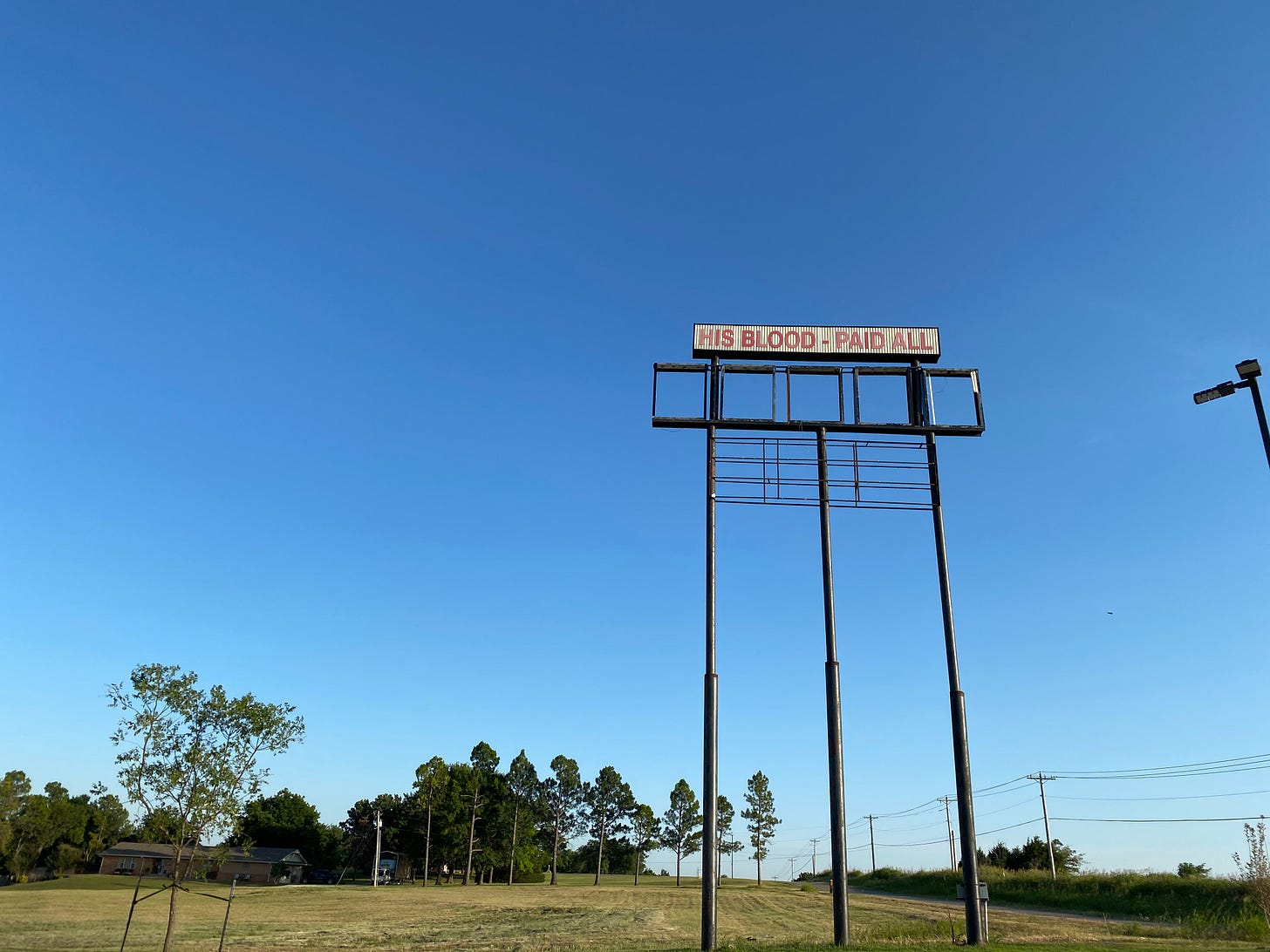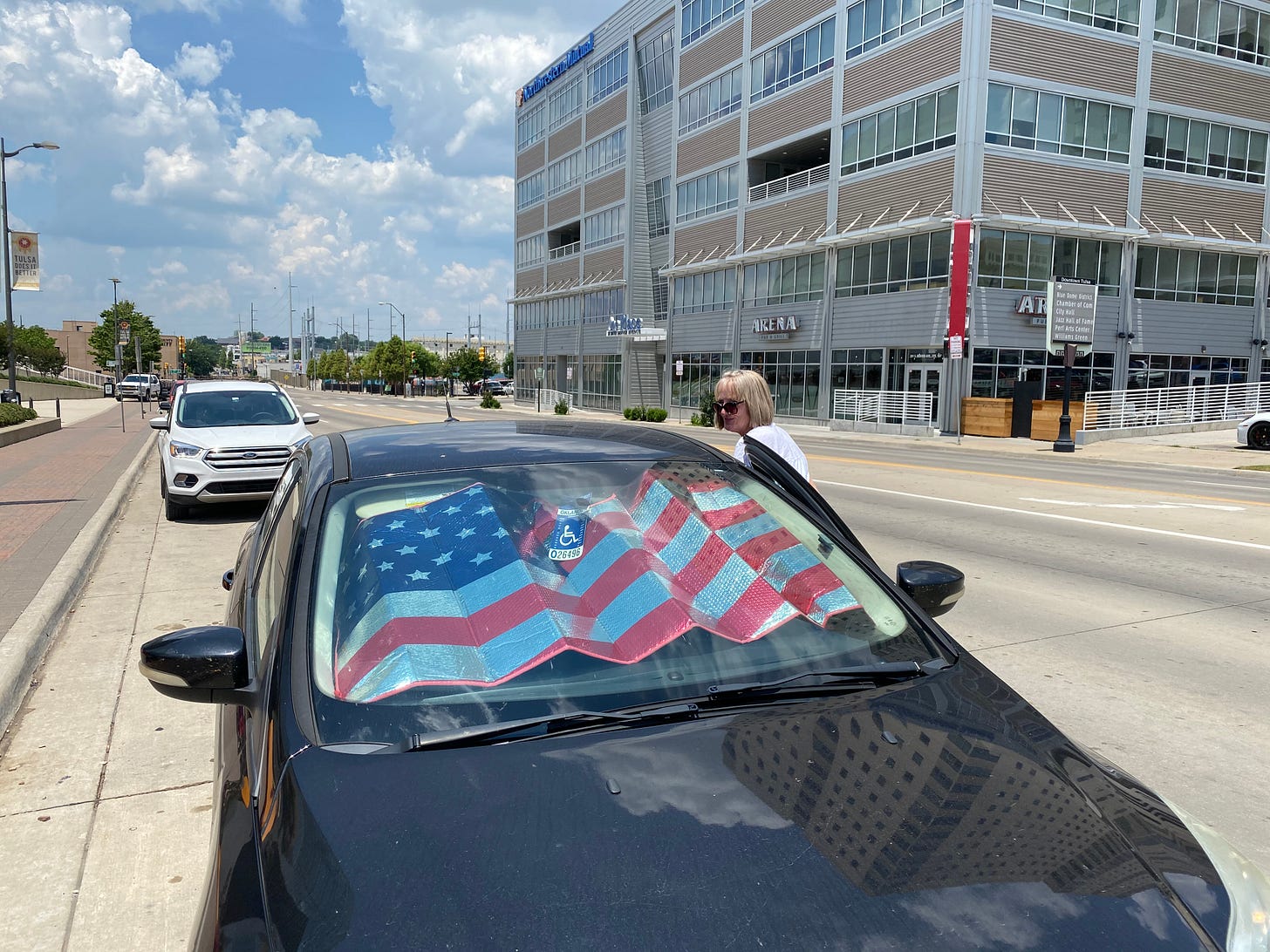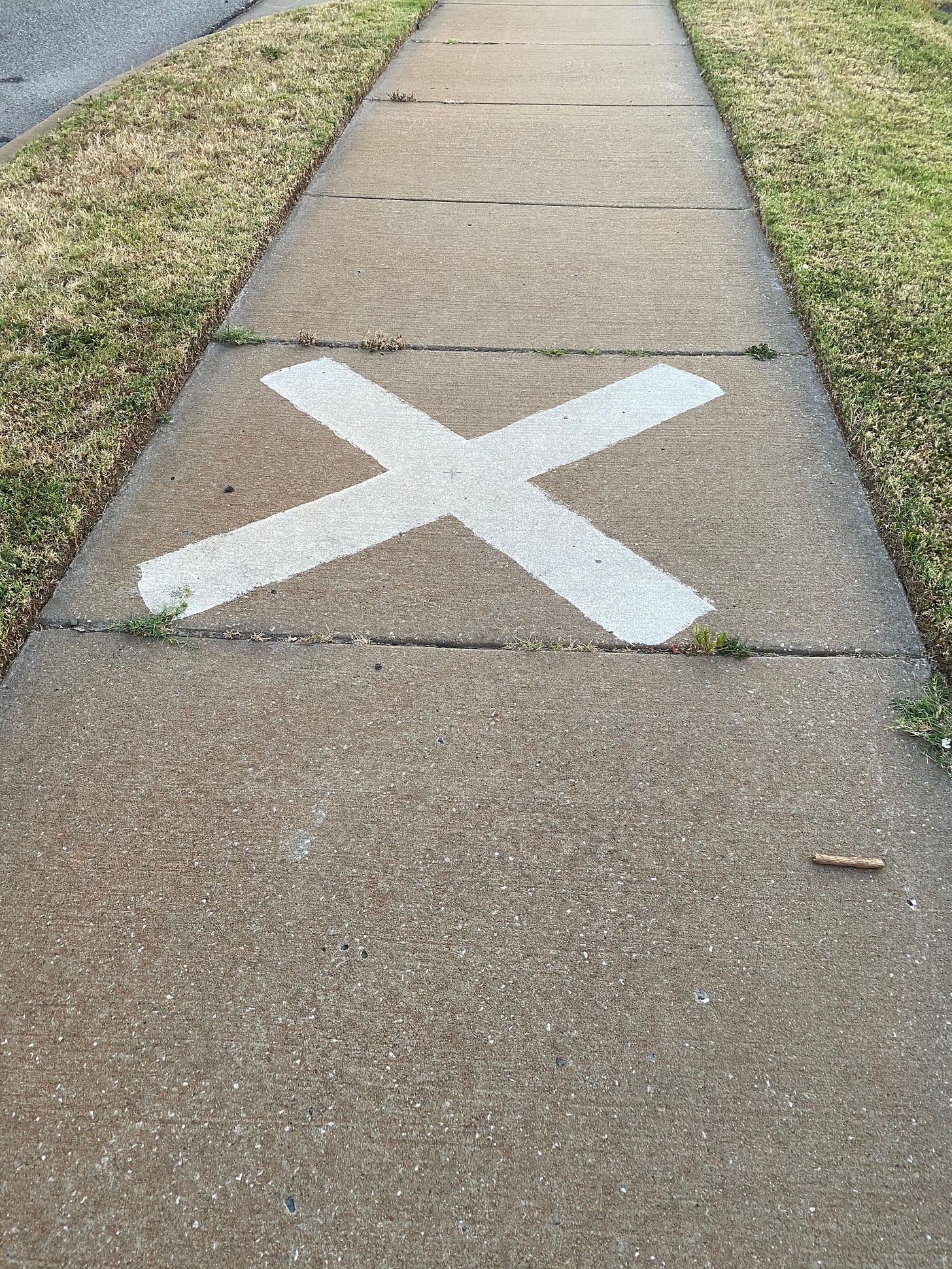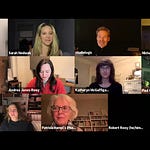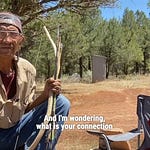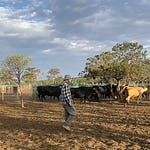In the 13 minute video above I narrate a tour of the site of the Greenwood Massacre that took place in Tulsa, Oklahoma in June, 1921. Nothing is left of the prosperous black community that existed before angry white Tulsans fired machine guns and dropped kerosene bombs on the local citizens, in retaliation for an imagined crime. I loved making this video, which is one of the first I ever made. All videos and photos by Stephen
June 15, 2020
Crossing into Oklahoma I saw a billboard up high: His Blood - Paid All. What about the 60 bucks worth of gasoline I was putting in my truck? Who was gonna pay for that?
I drove on to Tulsa, a city I’d never visited, except through Larry Clarke’s photographs of junkies, laborers and young gunslingers in the 1960s. Now, nearly fifty years later, I was curious to see what remained of that vision, and to experience the confluence of three big events: a celebration of Juneteenth; the 99th anniversary of the Tulsa Massacre; and the first campaign rally by the President since lockdown in the spring.
The hotel that night operated on alternate floors only. Every three days they’d close some of the floors to deep clean away the virus. The pool was closed, as were the public rooms. My own room smelled of lavender and cinnamon. The windows couldn’t be opened – to keep a suicidal person from plummeting 15 feet into the boughs of the old yew below? I wished for fresh air to help the virus float away. I walked out into the dark parking lot to fetch a bag and felt threatened by the Black strangers who were drinking beer and leaning on the truck next to mine. Growing up in America had trained my autonomic nervous system to fear black people, without basis for that fear. I hated that. I rejected that. Yet it was still a part of me. The strangers hadn’t said a word, or even looked my way.
Back in my room, the screen showed protests and confrontations with police all around the country. Earlier, I’d driven past the auditorium downtown where Trump would speak in a couple of days. His superfans sat on folding chairs on the sidewalk, near their tents, waiting for the doors to open on his first rally since shelter in place kicked in. Initially, he’d chosen to hold the rally on Juneteenth, a holiday honoring Black liberation that’s especially honored in Oklahoma and Texas, but public opinion forced him to change the date
I was intrigued the first time I heard the word Juneteenth, back in the early 80s. Daryll, a Black Texan who worked the line with me in a fancy restaurant in Austin, where I was living, explained the holiday this way: “When Lincoln freed the slaves back in the day nobody bothered to tell the ones in Texas and Oklahoma that they were free. It wasn’t until over a year later that someone showed up, and the word spread slowly through the territory through the month of June. One slave would find out on the 16th, and another on the 19th. That’s why it’s called Juneteenth.”
It turned out that Daryll had a few key details wrong, but his overall description was correct. This was a serious holiday. In addition to celebrating Juneteenth, the city was honoring the 99th anniversary of the Greenwood Massacre, a horrific moment of racial terror in 1921 when a white mob, encouraged by the city’s white ruling elite, dropped flaming petroleum bombs from airplanes onto a thriving neighborhood that included a successful business district known as Black Wall Street.
The Greenwood Massacre, aka the Black Wall Street Massacre, the Tulsa Pogrom and the Tulsa Race Riot, began when a 19-year-old shoe shiner was taken to jail, with the threat of being lynched by a white mob, for “touching” a female elevator operator. She was 17 years old, and white. An armed band of 75 Black men approached the jail to prevent the young shoe shiner from being lynched and got into a fight with the white mob. Eight white people and two Black people died at that confrontation, which unleashed hellacious white fury across the city. White mobs stormed Greenwood after the planes dropped their makeshift bombs and armed white men fired into people’s homes from moving streetcars. In the end 35 square blocks of the wealthiest Black neighborhood in the US were destroyed. Somewhere between 36 and 300 people were killed – no one knows exactly how many, because the city didn’t care enough to record the deaths, and many survivors fled the city for good. Over 10,000 black Tulsans lost their homes, forcing some into temporary camps.
A street in the what remains of Black Wall Street commemorates some of the businesses that were destroyed in the massacre.
These days, Tulsa’s Black Wall Street is a one block long area of businesses next to a freeway, just below Oklahoma State University. One afternoon I drove around the perimeter of the neighborhood that had been destroyed nearly a century before. There were a few houses here and there, but most of the footprint was now devoted to the University and a variety of industrial sites. Investigators had recently unearthed a mass grave where it is believed many of the dead were dumped.
In a souvenir shop on Black Wall Street I met a middle-aged woman named Bridgett Cosper, who had lived in Tulsa for most of her life. She was sharp eyed and full of fire.
“I don’t think I learned about the original Black Wall Street until I’d been here 35 years,” she said. “They didn’t want anyone to know about the massacre. They swept it under the rug. Your children and grandchildren grow up and ask you why you didn’t tell them, and you have to say, because I didn't know.”
Cosper said that all she knew about Greenwood were the initials of the GAP Band, which was named after Greenwood, and Archer and Pine streets. The Tulsa brothers who founded The GAP Band became famous for the thumping song, “You Dropped a Bomb on Me.” Curiously, the refrain of the hit song, which came out in 1982, mirrors the Greenwood massacre
You dropped a bomb on me, hey baby
Baby, you dropped a bomb on me
But you turned me out, baby
Baby, you dropped a bomb on me
“I believe my neighbor told me about it,” Cosper said. “She was an older woman, one of the survivors. When she brought it up, I said, ‘What massacre?’ It was a shock. They bombed them, killed them, and took their land and no one paid for it. No one ever went to jail for killing these people. No insurance ever paid for their houses and businesses.
“Some people, they will never change. They will always think that blacks should not be with whites. Mexicans should not be with whites. Blacks, Indians. They’re always going to feel that whites should only be with whites. But I'm looking at more and more people that’s beginning to understand that black people are not as bad as we are being portrayed. Sooner or later they’re all going to have to get over it.”
A little while later I ran into an older white man who introduced himself as John Clarke. He had driven in from the suburbs after reading a book about Black Wall Street. Clarke, 77, was born in 1942, about 20 years after the massacre. He wore a camouflage mask against the virus and a blue polo shirt and sank a bit into himself when he sat. He said he first heard about the Greenwood Massacre when he was a kid. There were family stories about how his grandparents had taken in their maid’s children to comfort and protect them after the massacre. The stories were heartwarming to each new generation of his family.
Then he dropped his own bomb.
“I heard fairly recently from my cousins that they thought my grandfather may have been in on the shootings.”
“Woah,” I said.
This kind older man was sitting at the very location where his grandfather might have shot people in the most destructive and deadly racial violence in US history.
“I’m not sure I believe that, but they told me that he may have been one of the people shooting from the trolleys.”
He shook his head.
How did the news hit him?
“It’s awful,” Clarke said. “I had thought he was a good person. He was a good Catholic. But it may have been that way. I had known about the massacre for some time and was very ashamed of it even before learning that about my grandfather.”
His transparency unnerved me. He was one of the few white people I’d ever met who was willing to face his family’s racial legacy head on.
I’d always thought my own family hadn’t been involved in slavery, though we’ve been in this country since the early 17th century. When my older brother recently reminded me of documents that show one of our ancestors owned an enslaved man in 18th century Salem, I felt a band tighten around my stomach. I still try, unsuccessfully, to find ways to deny it
.


